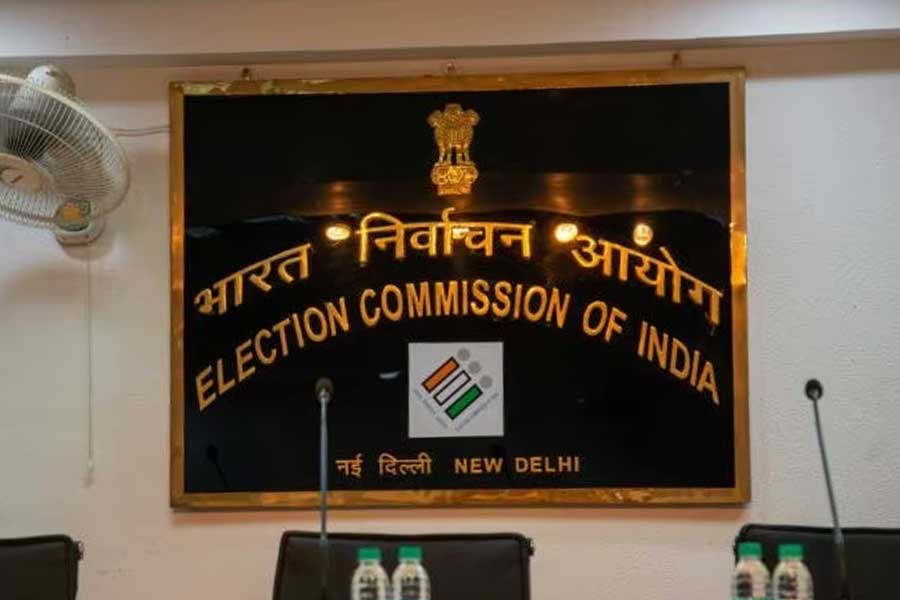Rahul Gandhi isn’t a crybaby. Unlike Narendra Modi who imagines constant threats to his life, hypes up minor irritants and seldom misses out on playing the victim card, Rahul’s demeanour in the face of vicious and consistent attacks from the Sangh ecosystem has been: We are tough guys, we can handle it!
Rahul hasn’t only demonstrated exceptional will and courage in his public interactions, walking and jostling with unregulated crowds of thousands of people during his Yatras, he has also been open to taking questions from audiences the world over, visited troubled spots like Manipur, and remained calm in adversity — from shocking electoral losses to expulsion from Parliament.
While the ongoing Nyay Yatra has faced several violent attacks from BJP workers and threats from the Assam chief minister, Himanta Biswa Sarma, he hasn't been rattled. Asked about the attacks at a media conference on Tuesday, Rahul smiled and said, “I don’t get intimidated. Threaten me, Abuse me, hit me… I am not scared.” He held the bandaged hand of his state unit chief Bhupen Borah and said, “He got injured but that’s okay. We are tough guys, we can handle it.”
The Assam Congress chief was given a bloody nose by anti-Congress hooligans a couple of days ago. That would have been enough for any leader to create a huge fuss. But Rahul kept his focus on real concerns of the people, discussing unemployment and prices, instead of indulging in any chest-thumping victimhood. He had shrugged off serious security threats in Kashmir during his Bharat Jodo Yatra and walked through militant-infested areas last year.
This equanimity is in sharp contrast to Prime Minister Narendra Modi’s tendency to create hype around any unpleasant situation. In January 2022, he told security men in Punjab when some farmers had blocked a flyover that he was supposed to take: “Apne CM ko thanks kehna, ki mein Bathinda airport tak zinda laut paaya (Say thanks to your CM that I was able to return to Bathinda airport alive).” He abandoned his trip and returned to Delhi even though there was no attack and he was fully secure under SPG cover.
It is difficult to count how many times reports about threats to Modi’s life have surfaced since he became chief minister of Gujarat in 2002.
Modi has on several occasions publicly complained that Opposition leaders insult him, reeling out a list of abuses, and even exploited statements of minor functionaries, emotionally telling people that Congressmen want him dead. During the Gujarat Assembly elections in 2017, he went so far as to accuse former Prime Minister Manmohan Singh, former Vice-President Hamid Ansari and top retired defence officers and bureaucrats of plotting to unseat him using Pakistani help. The BJP was forced to apologise in Parliament for this false accusation.
Victim of a nasty propaganda campaign that portrayed him as a Pappu, Rahul succeeded in shaking off that false tag by pulling off what no politician in the world has achieved — walking over 4,000km from Kanyakumari to Kashmir, and freely mingling with millions of people on the way, often shrugging off high-security risks that tail him and his family. While his father Rajiv Gandhi was blown to pieces by an LTTE suicide squad during one such public interaction in Tamil Nadu in 1991, security personnel shot his grandmother Indira Gandhi to death at the prime ministerial residence in 1984.
Rahul has remained extraordinarily composed in the face of vicious campaigns based on lies, half-truths, doctored videos and unsubstantiated allegations. He once said the BJP had spent thousands of crores to ruin his image but he didn’t care as truth would triumph in the end.
Two days ago, when angry BJP workers were protesting against him in Assam, Rahul got off the bus to interact with them instead of running away. He has shown a consistent will to face the truth, even if uncomfortable, rather than relying on escapism.
Modi, on the other hand, has not ever faced questions from the media, or enlightened audiences. Unlike Rahul, there are no videos available of Modi’s meaningful conversation with global leaders and intellectuals. During the 2019 election campaign, Rahul repeatedly dared Modi to have a debate but to no avail. Modi, projected as a powerful speaker, had the opportunity to maul a rival often berated as a poor speaker, but he didn’t accept the challenge.
Another comparison being made in political circles is over the nature of public outings of the two leaders. While Rahul shares space with all Congress leaders, Modi chooses to remain alone. Rahul’s bonhomie with senior leaders of all the states during the Bharat Jodo Yatra was widely remarked upon, while Modi’s solo show at the G20 summit attracted national attention. The perception is that Modi doesn’t like anybody else in the frame while Rahul naturally merges with people.
Even in the once-in-a-lifetime ceremony of the Ram temple inauguration in Ayodhya, top BJP leaders Amit Shah, Rajnath Singh and Nitin Gadkari were missing; as were L.K. Advani and Murli Manohar Joshi, two chief actors of the Ramjanmabhoomi movement.











